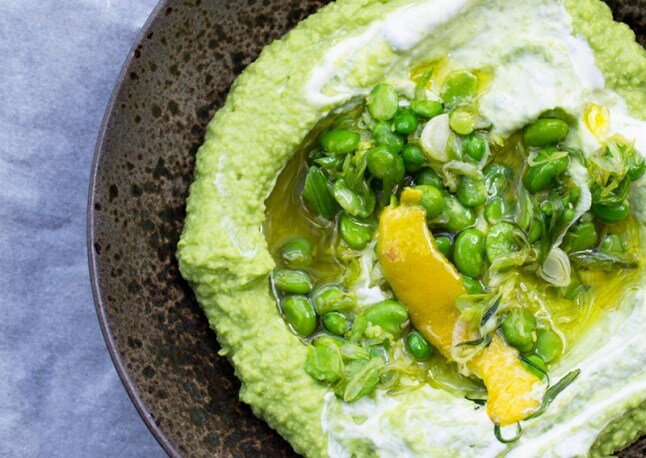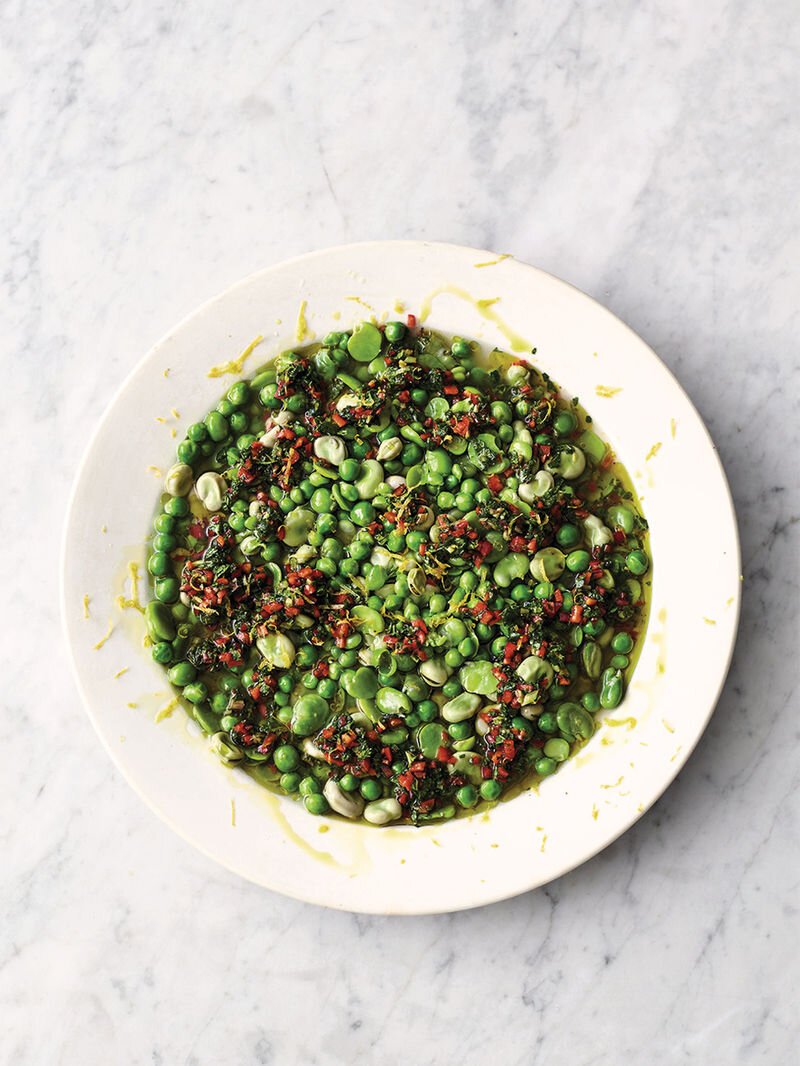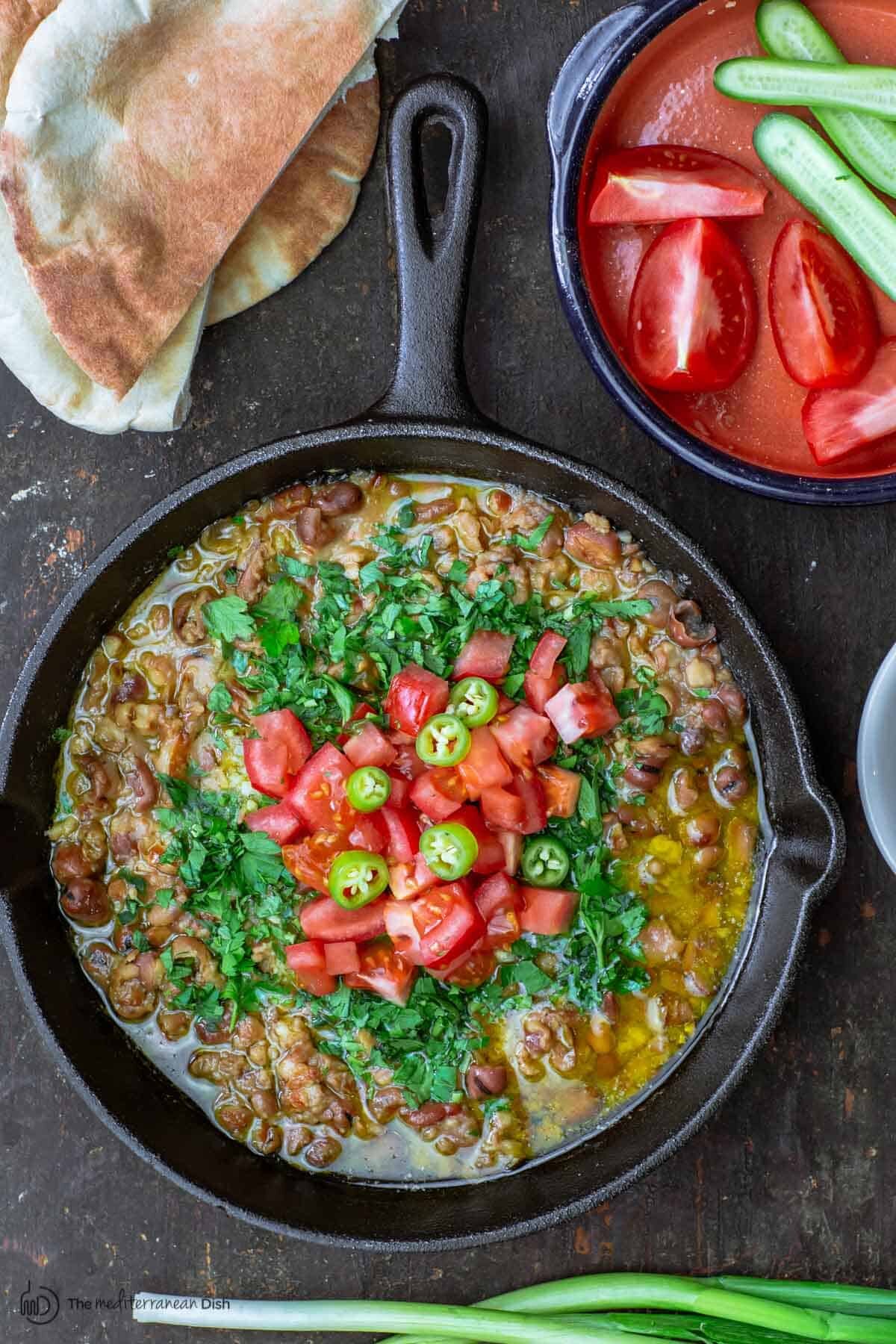Broadies, broadies and more broadies
From the garden
Annie Reeve, Woodend Permaculture Garden
Broad beans are a very hardy annual crop, they may be sown in Autumn for Spring Harvest, They may also be sown in Spring for an early Summer harvest (they do not cope well in Summer so continuous successional sowing is not useful).
Most of the broad bean cultivars grow to be quite tall (approximately 1500cm) because their season progresses through the windiest times it is very useful to sow a double row either side of rigid mesh tying round with a rope as they get taller. Throughout Winter they are likely to stay under 20cm tall, not growing much more before October.
Broad beans are sweetest when harvested before they have finished growing, as they mature they develop a thickened skin on each bean. We collect them when the pods are about the thickness of my thumb and before the pod starts to thin. If harvested at this early point, podded and cooked immediately they do not require the tedious second-podding to discard the outer bean skins.
Broad beans are very productive and should be collected regularly once they start, especially after a sunny, warm day. They should be blanched immediately and the excess frozen. They should be blanched first to ensure the best texture, nutrition, flavour, colour and safety.
Note: Favism is a hereditary disorder involving an allergic-like reaction to the broad bean. Susceptible persons may develop a blood disorder (hemolytic anemia) if exposed to broad beans in any way.
To the table
Lucy Campbell, Veg Action
Broadies. So easy to grow, so enjoyable to eat.
Nutrition facts: they are rich in plant protein, thiamin, iron, magnesium, phosphorus and copper, and a very good source of dietary fibre, folate and manganese. In one cup of cooked broad beans, you get 40% of your daily requirement of folate – a handy tip for the pregnant lady.
Dried broad beans are known as fava. Fava are most commonly used in the national dish of Egypt: ful medames / foul mudammas, an easy and highly delicious dish enjoyed at any time of the year.
Amongst broad bean fans, there are two camps of people: those who are willing to double pod and those who aren’t. Those who don’t want the tedium of shelling the broad beans and then peeling the skin off the beans tend to pick the broadies early, when they are just longer than your finger, and cook the whole thing, shell and all, for their dinner.
The other camp who are committed to the delicate bean will shell them, then quickly boil so as to easily remove the outer bean skin. Then they are used in things like Ottolenghi’s broad bean and avo dip, Jamie’s Peas, beans, chilli & mint and Hugh’s Broad bean and feta falafel.



